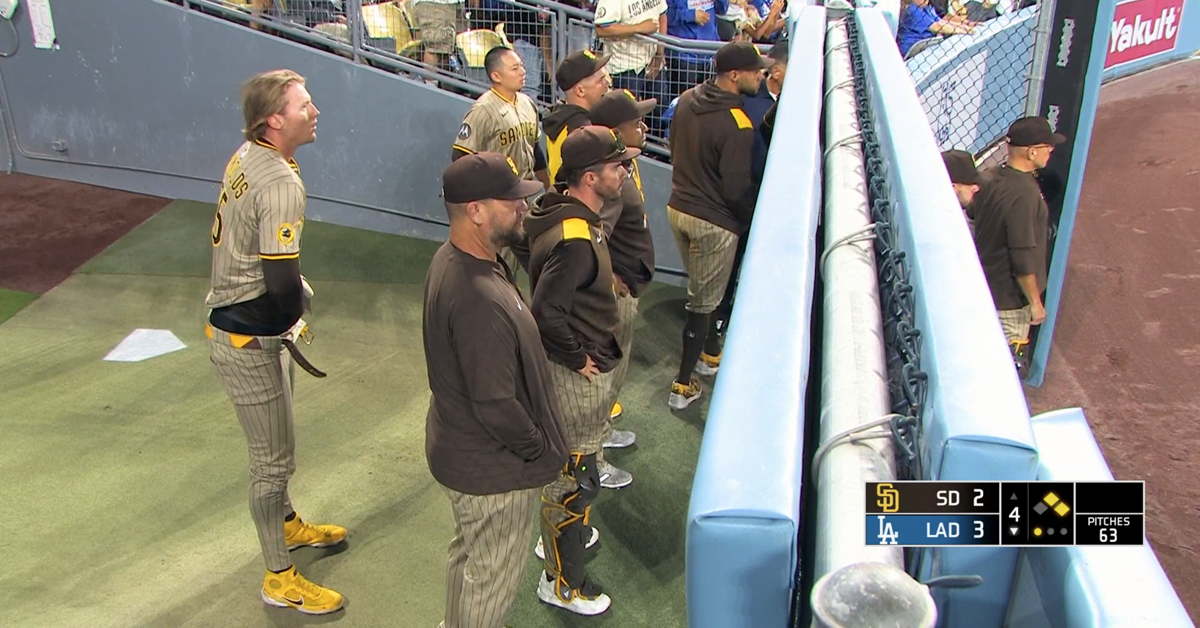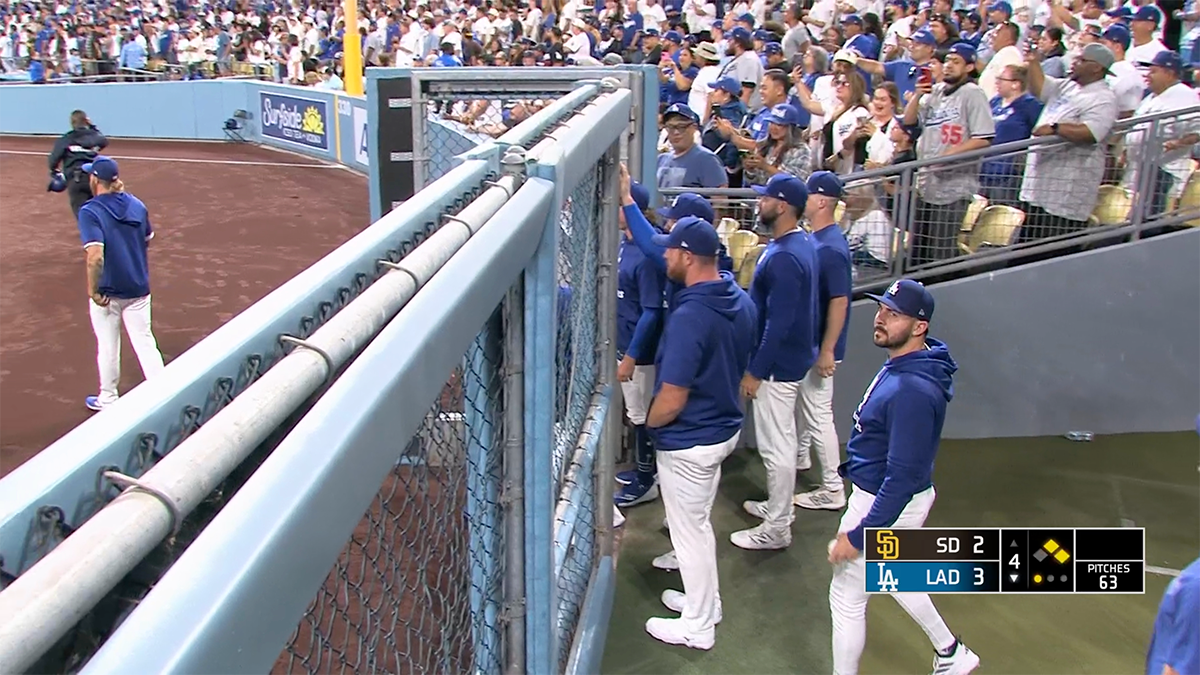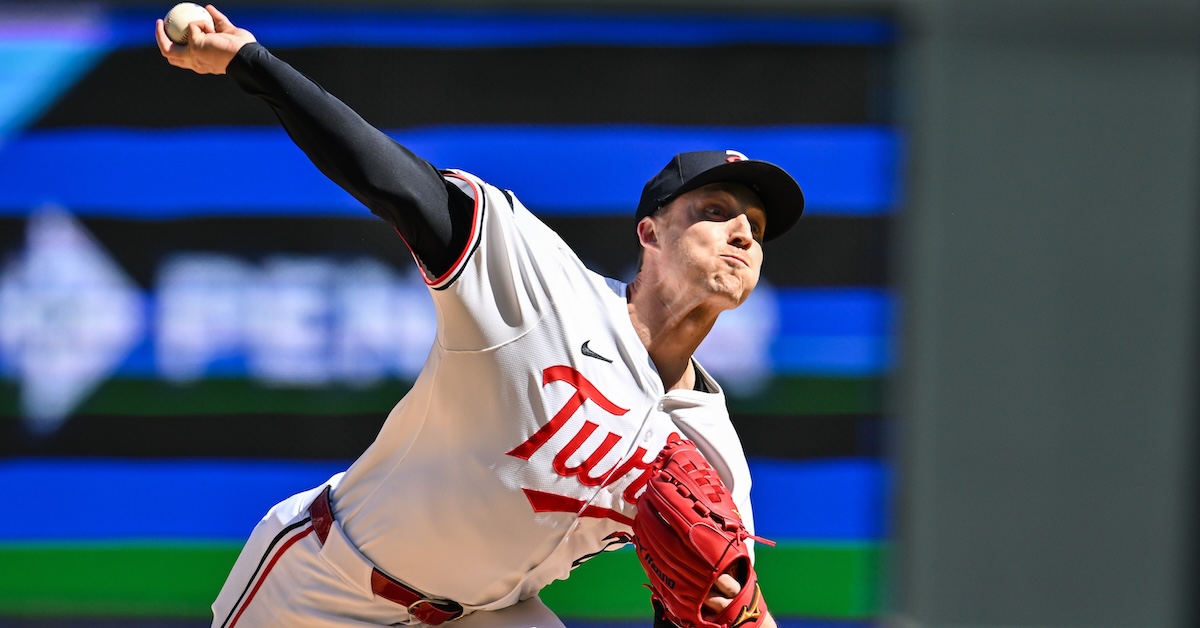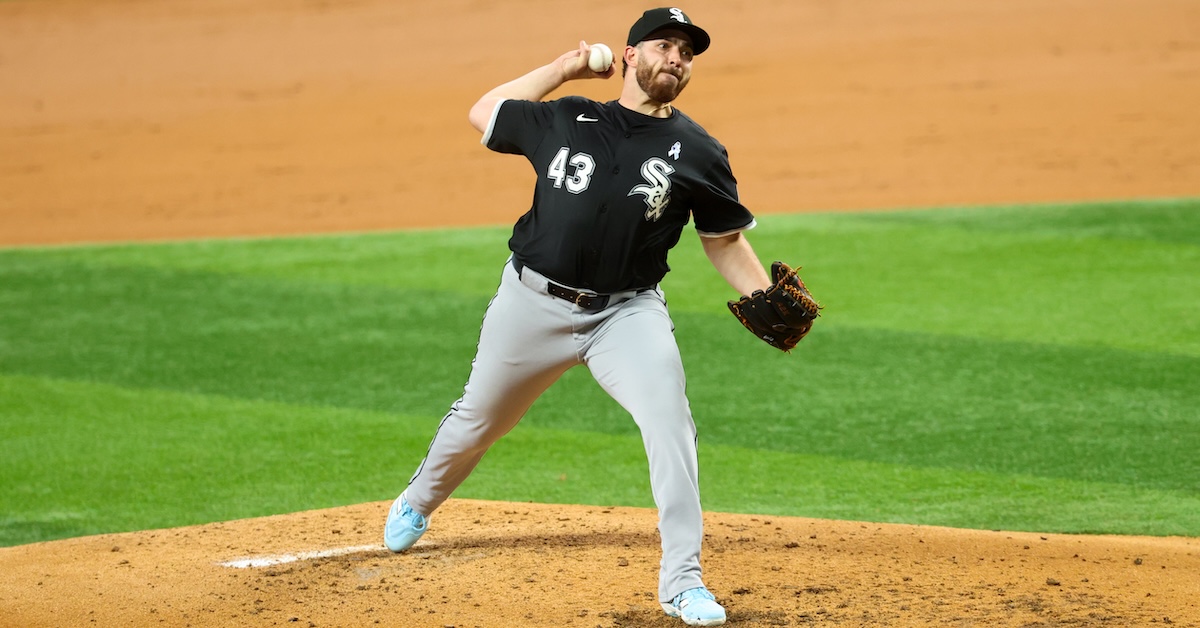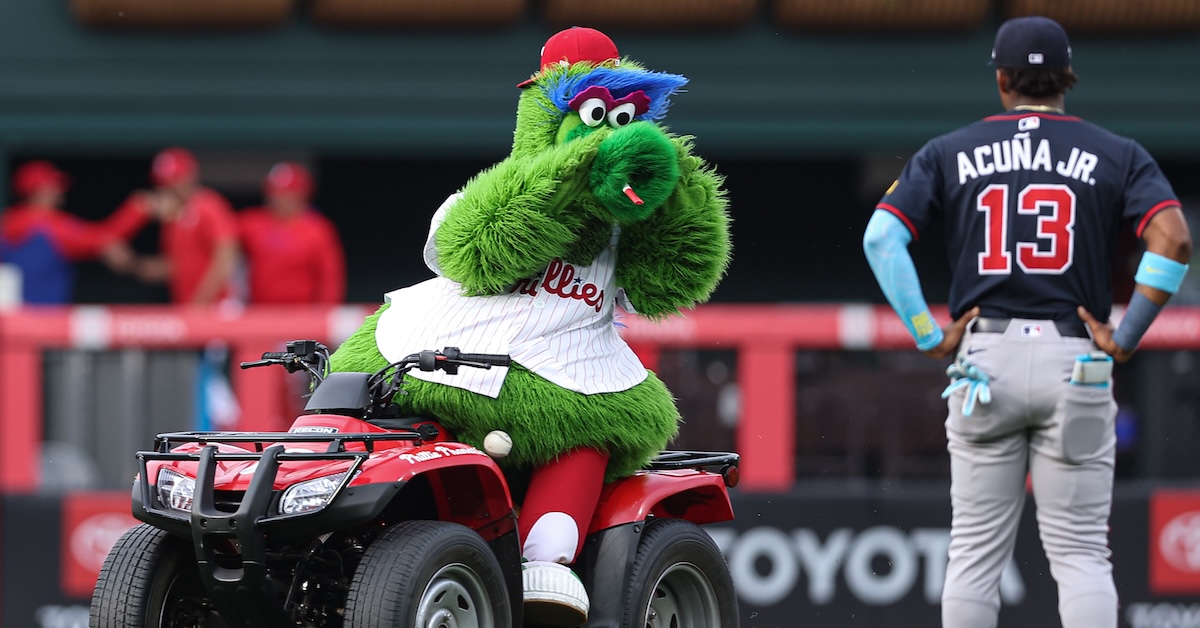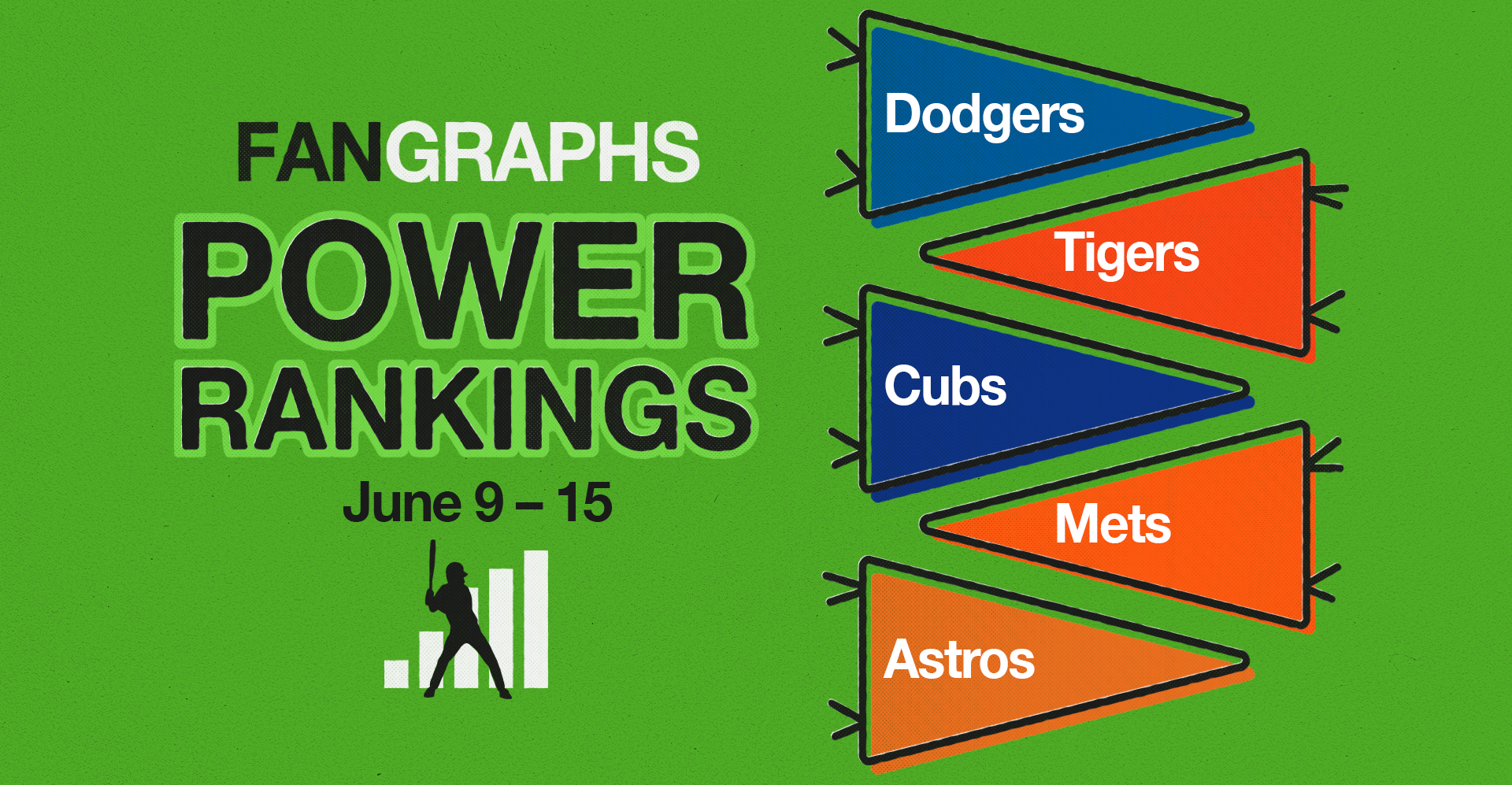Jo Adell Remains a Work in Progress — But He’s Making Progress
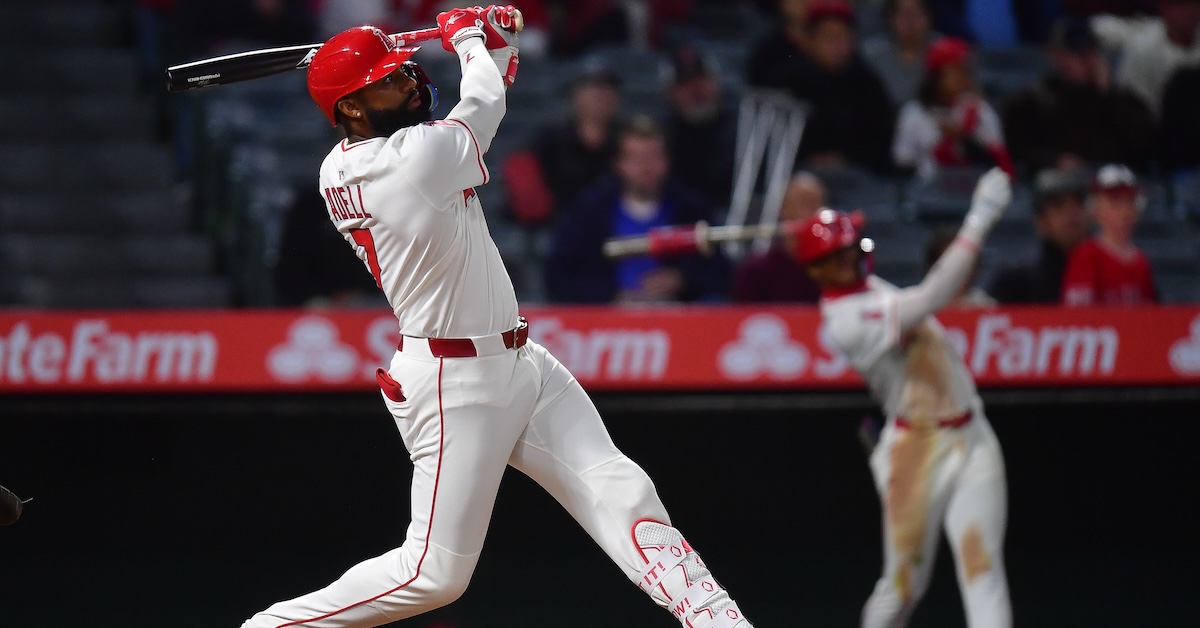
If you were only going by raw stat lines, the end of April would have been an understandable time to give up on Jo Adell. After struggling mightily in parts of four seasons with the Angels as well as the first half of 2024, he showed some positive gains in the second half before being shut down due to an oblique strain in early September. He finished in replacement-level territory, with a 90 wRC+ and 0.1 WAR, then was dreadful at the start of this season, sticking out even among one of the majors’ worst offenses. Lately, though, Adell has come around in promising fashion, offering hope that he can be a productive big leaguer after all, if not the star so many once believed he could be.
Originally, I intended to use the 26-year-old Adell to lead off the 2025 version of an article I wrote last year, covering players who had improved the most after dismal starts — even if their overall numbers were camouflaged by their early struggles and still came off as rather ordinary. Using May 1 as a cutoff, with a minimum of 80 plate appearances on either side, I found that Adell had improved the most from the first leg of the season to the second. Here’s the table, with the stats updated through Sunday:
| Overall | Mar/Apr | May/June | ||||||||||
|---|---|---|---|---|---|---|---|---|---|---|---|---|
| Player | Team | PA | AVG | OBP | SLG | wRC+ | WAR | PA | wRC+ | PA | wRC+ | Dif |
| Jo Adell | LAA | 214 | .227 | .299 | .464 | 113 | 0.5 | 89 | 49 | 125 | 158 | 108 |
| Ryan McMahon | COL | 282 | .221 | .333 | .400 | 95 | 1.4 | 121 | 38 | 161 | 138 | 100 |
| Alec Bohm | PHI | 283 | .283 | .322 | .404 | 103 | 1.1 | 119 | 45 | 164 | 144 | 99 |
| Lourdes Gurriel Jr. | ARI | 278 | .256 | .302 | .433 | 101 | 0.6 | 113 | 43 | 165 | 141 | 99 |
| Vinnie Pasquantino | KCR | 300 | .275 | .330 | .417 | 106 | 0.6 | 124 | 49 | 176 | 146 | 97 |
| Carlos Narváez | BOS | 209 | .286 | .368 | .465 | 132 | 2.5 | 84 | 78 | 125 | 168 | 90 |
| Alejandro Kirk | TOR | 230 | .316 | .357 | .425 | 122 | 2.4 | 93 | 71 | 137 | 157 | 86 |
| Brandon Lowe | TBR | 275 | .257 | .309 | .447 | 116 | 1.2 | 114 | 66 | 161 | 151 | 86 |
| José Ramírez | CLE | 288 | .324 | .385 | .543 | 158 | 3.3 | 120 | 110 | 168 | 193 | 83 |
| Max Muncy | LAD | 262 | .239 | .366 | .418 | 125 | 1.3 | 110 | 79 | 152 | 158 | 79 |
Adell hit just .190/.236/.310 with two home runs in March and April while striking out 27% of the time, but from the start of May through Sunday, he hit .255/.344/.582 with 11 homers while trimming that strikeout rate to 23.2%. He was about half a win below replacement level before May 1, and has been about a full win above since.
I’ll dig into the numbers below, but first, a recap. A 2017 first-round pick out of a Louisville high school, Adell cracked our Top 100 Prospects list in each of the next three seasons, ranking as high as no. 4 in 2020, as a 65-FV prospect, and he was similarly regarded by other outlets thanks to his combination of plus-plus raw power and plus speed. But since debuting early in the 2020 season, he has generally struggled to make good contact, or any contact at all for that matter, with his lack of refinement limiting his opportunity to show off the tools that so tantalized talent evaluators. In a total of 178 major league games from 2020–23, he hit just .214/.259/.366 with 18 homers in 619 plate appearances en route to a grim 70 wRC+. After appearing in 88 games with the Angels but managing just a 77 wRC+ and -0.2 WAR in 2022, he played only 17 games in the majors in ’23 while returning to Triple-A Salt Lake for the fourth year out of five. As I joked early last year, when it looked like he might be breaking out — which proved not to be the case, alas — if he’d spent just a bit more time in my hometown, my parents would have been obligated to invite him over for dinner. Read the rest of this entry »
